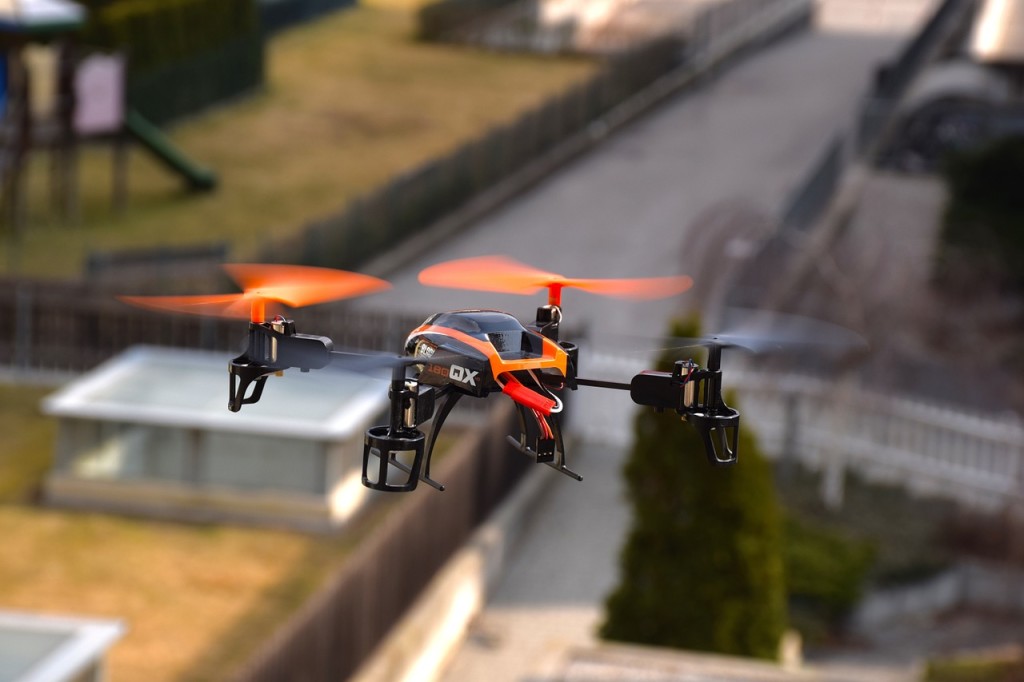
Robohub.org
Emerging patchwork of regulation of UAS operations near critical infrastructure
Over the last couple of years, we have seen an increase in state regulation of unmanned aircraft systems (UAS). A recent report published by the American Legislative Exchange Council (ALEC) titled “A Guide to State Laws Impacting UAS/UAV Operations” identifies the restriction of operations near critical infrastructure among the leading trends in state regulation of UAS. Notwithstanding the emergence of state regulation in this field, the enactment of the FAA Extension, Safety, and Security Act, 2016 (the “Act”), indicates that Congress intends to vest the authority to protect critical infrastructure from UAS with the FAA. In light of this development, states that have enacted laws or are considering regulating in this field, should consult with the FAA in order to promote a unified national framework that addresses local concerns.
States that have enacted legislation restricting UAS operations near critical infrastructure include Oregon, Texas, Oklahoma, Louisiana, and Tennessee. The approaches to the restrictions, as well as the definitions of critical infrastructure, vary among the jurisdictions. Oregon’s law generally prohibits intentionally or knowingly engaging in UAS operations over critical infrastructure at or below 400 feet AGL It also prohibits allowing a UAS to make contact with critical infrastructure. There are various exceptions from the general overflight restriction, including for operations conducted by: a public body, the federal government, a law enforcement agency, the owner or operator of the critical infrastructure facility, and for commercial operations conducted in compliance with FAA authorization.
Oklahoma’s law carries similar restrictions and exceptions as Oregon with minor variances, and additionally, prohibits allowing a UAS to come close enough to critical infrastructure to cause a disturbance. Oklahoma also creates civil liability for damage to property, the environment, and human health. Louisiana takes a different approach, prohibiting UAS flight near “targeted facilities” for purposes of surveillance or gathering evidence. Targeted facilities include schools and correctional institutions. And Tennessee prohibits the operation of UAS within 250 feet of the perimeter of critical infrastructure facilities for purposes of surveillance, collection of evidence, or capturing photos or video recordings. As these examples indicate, there is discrepancy in the approaches adopted by states to protect critical infrastructure from UAS.
In the interest of promoting compliance and efficient management of airspace, a uniform national framework implemented by the FAA in accordance with Section 2209 of the Act should be used to displace state regulation of UAS operations near critical infrastructure.
Section 2209 directs the Secretary of Transportation to establish a process to enable applicants to petition the FAA Administrator to “prohibit or restrict the operation of an unmanned aircraft in close proximity to a fixed site facility.” Section 2209 outlines the following criteria that the FAA may consider in determining whether to grant or deny an application for designation of a fixed site facility: (i) aviation safety, (ii) protection of persons and property on the ground, (iii) national security, or (iv) homeland security. For an analysis of Section 2209, please see my previous post entitled “Protecting Infrastructure and Innovation under Section 2209”.
In the coming months, as the FAA establishes a process for designating fixed site facilities, states that have enacted regulations concerning UAS operations near critical infrastructure should review Section 2209 and consult with the FAA.
tags: c-Aerial, Drone, FAA, law, UAS





